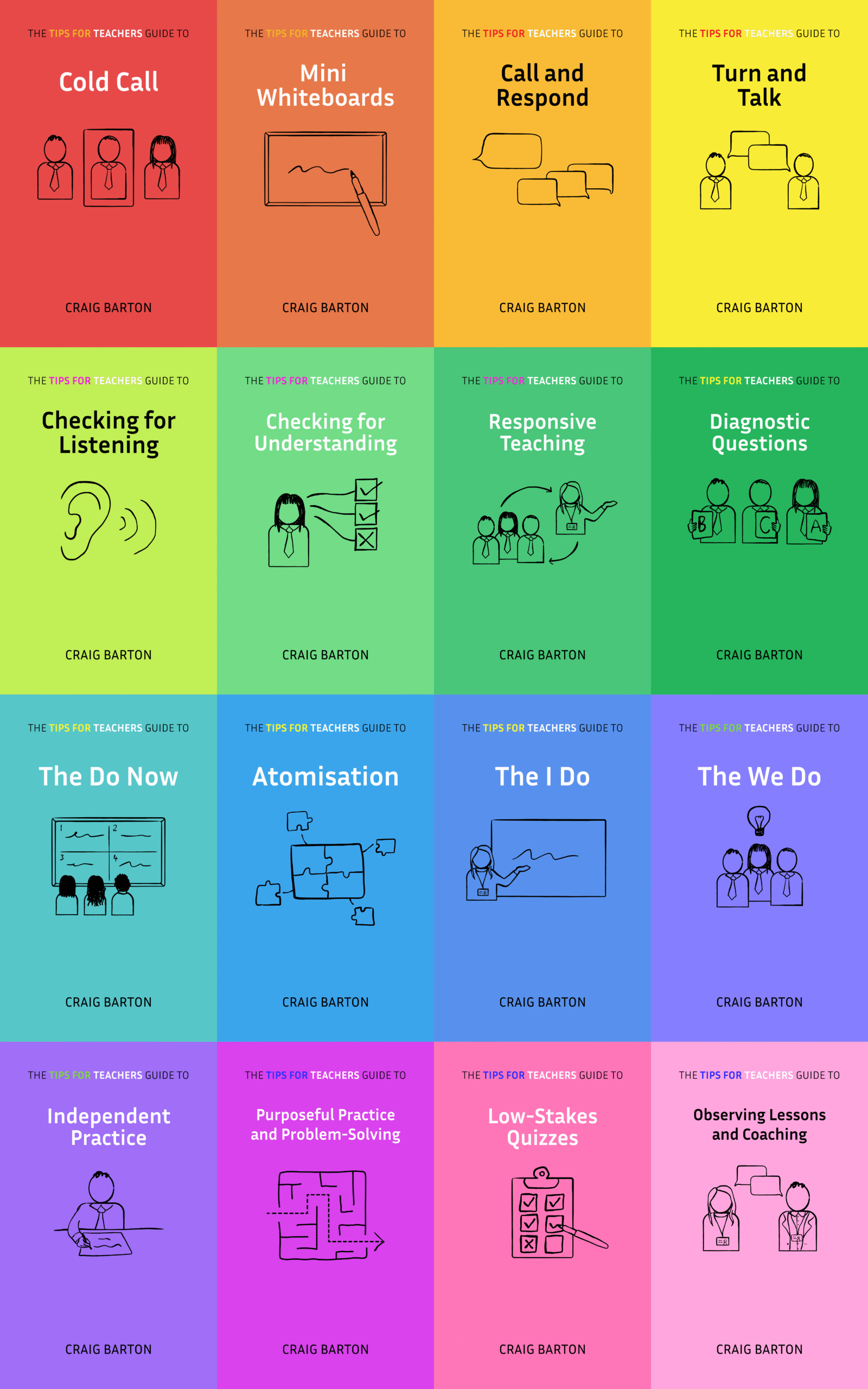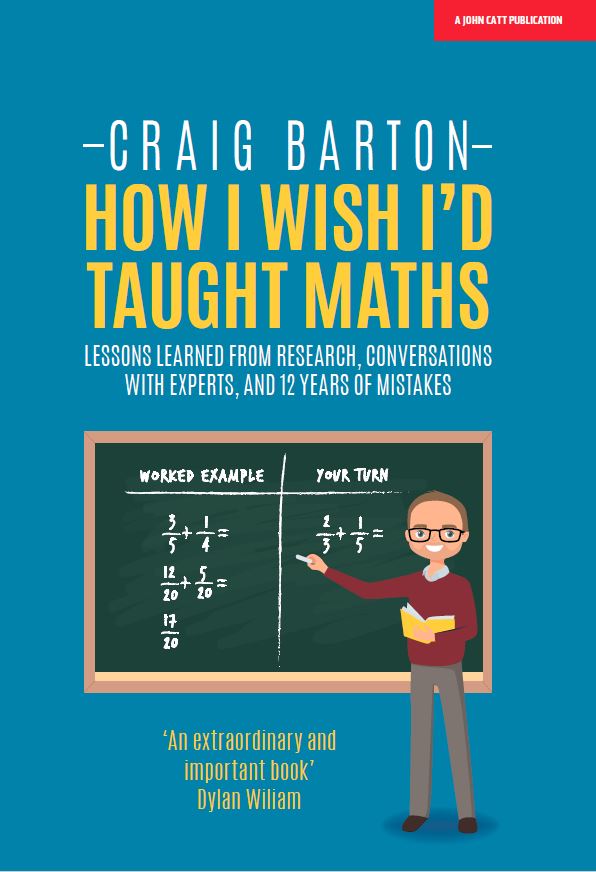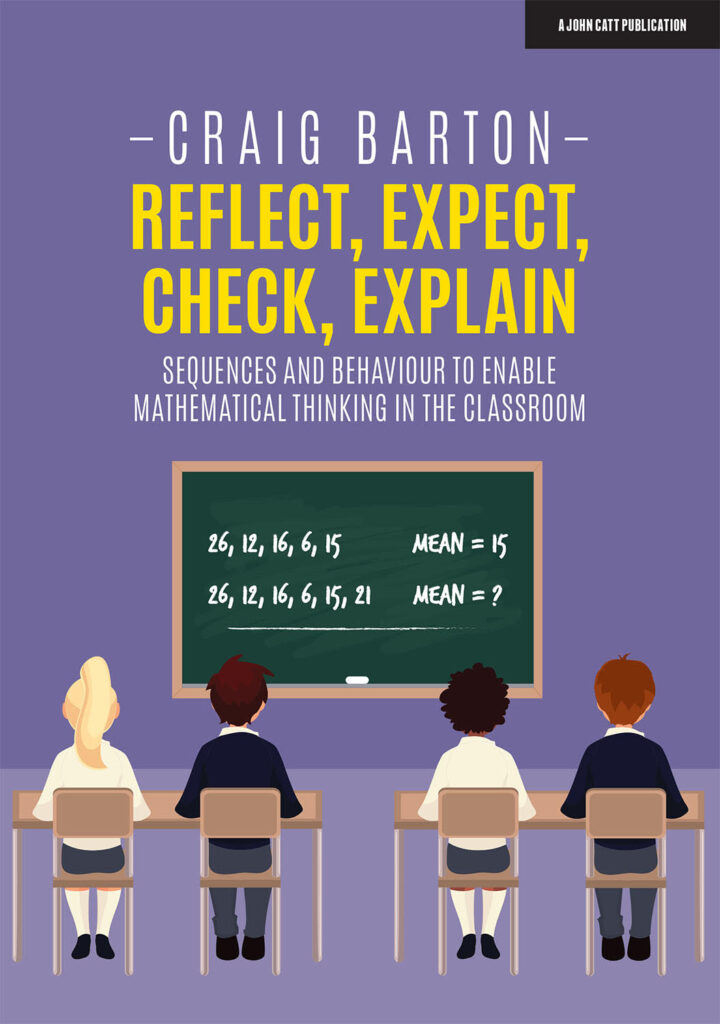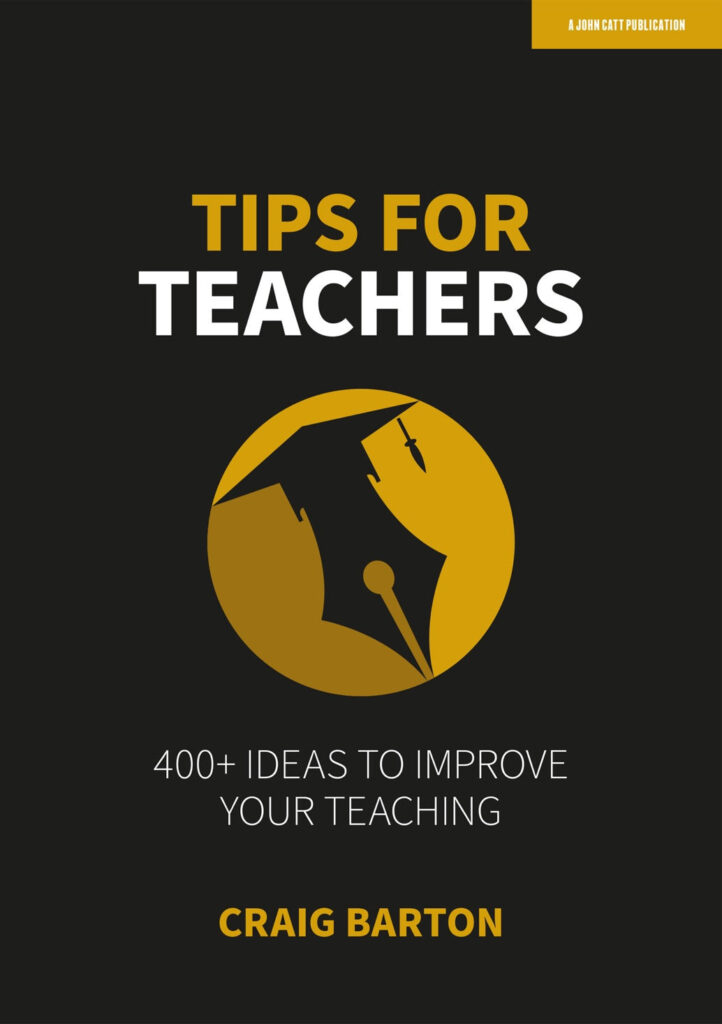
- Title: EAST – Four simple ways to apply behavioural insights
- Authors: Behavioural Insights Team
- Access the original paper here
- Watch a video overview:
Paper summary
The provided text is an excerpt from a revised and updated edition of a guide titled “EAST: Four simple ways to apply behavioural insights,” published by the Behavioural Insights Team (BIT). This document introduces and expands upon the EAST framework, which suggests that to encourage a behaviour, one should make it Easy, Attractive, Social, and Timely. The text includes a preface discussing the framework’s enduring appeal since its 2014 launch and an executive summary that details each of the four principles with extensive real-world examples and supporting research. Throughout the document, the authors emphasise the practical application of behavioural science, caution against common pitfalls, and stress the importance of evaluation and context for successful interventions.
If teachers remember one thing from this study, it should be…
If teachers remember one thing, it should be to make desired behaviours easy, attractive, social, and timely (EAST). Specifically, reducing friction for students—like simplifying university application processes—can dramatically increase attendance, and loss-framed incentives can enhance teacher performance.
***Paper Deep Dive***
What are the technical terms used in the paper?
The key technical framework is EAST (Easy, Attractive, Social, Timely), four principles used to influence behaviour successfully.
Defaults are pre-set options that people tend to stick with.
Friction costs (or sludge) are barriers or effortful actions that disproportionately inhibit desired behaviours.
What are the characteristics of the participants in the study?
The participants are extremely diverse, including US university students (often low-income or under-represented), TB patients in Moldova, mathematics teachers in the US, primary care doctors, factory workers in China, savers in the Philippines, and IPV victims in Chile.
What does this paper add to the current field of research?
This paper updates and revises the EAST framework (Easy, Attractive, Social, Timely), incorporating a vast amount of new research since 2014. It adds growing diversity in examples, notes where older studies failed replication, and includes new concepts like sludge and operational transparency.
What are the key implications for teachers in the classroom?
The key implications for teachers in the classroom stem primarily from the application of the EAST framework (Easy, Attractive, Social, Timely) to learning processes, communication, and motivation.
Make it Easy:
- Reduce Friction Costs: Teachers should actively seek to reduce the effort required for students to complete crucial tasks. For instance, making the process of applying for financial aid or university simpler can dramatically increase attendance and enrollment rates for under-represented groups. One study found that simply automating and streamlining parts of the university application process increased attendance rates from 28% to 36%.
- Simplify Cognitive Tasks: Break complex goals (like major projects or studying effectively) into simpler, specific actions (e.g., turning “eating more healthily” into “eating your five a day”).
- Use Defaults: Recognise the power of defaults in classroom systems. For example, assuming parents are automatically signed up for a text message service detailing student progress resulted in a 95% enrollment rate, significantly higher than what leaders expected.
Make it Attractive:
- Frame Incentives as Losses: Incentives are more effective if they are designed for maximum impact. For teachers, the use of loss-framed incentives (giving a bonus upfront that must be returned if goals are not met) was more effective at improving student mathematics scores than standard end-of-year gain incentives, with positive effects lasting over five years.
- Make Content Relatable: Teachers should make information easier to understand and “encode” by making it relatable to students’ everyday financial decisions or experiences, which significantly boosts comprehension.
Make it Social:
While not specific to general classroom instruction, teachers should recognise the power of social networks in spreading behaviours (like anti-bullying initiatives) and use social signals to encourage positive norms.
Make it Timely:
- Promote Planning: Help students bridge the intention-action gap by prompting them to identify barriers and develop specific plans for when and where they will complete actions (implementation intentions). Job seekers who made specific weekly plans were significantly more successful.
- Leverage “Fresh Starts”: Use key moments, such as the start of a new week, month, or even a birthday, as opportunities to encourage students to make positive changes or set new habits.
Why might teachers exercise caution before applying these findings in their classroom?
Teachers must recognise that context remains crucial; interventions that are successful elsewhere may not work in a classroom. The field faces a replication crisis, meaning results might fail to hold up to scrutiny. Therefore, robust evaluation is needed, as interventions do not always produce expected results.
What is a single quote that summarises the key findings from the paper?
“If you want to encourage a behaviour, make it easy, attractive, social and timely (EAST).”








